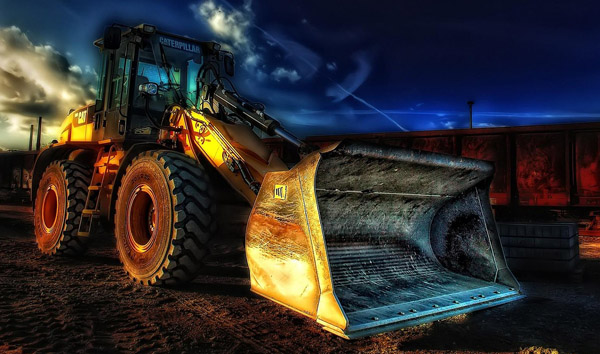Navigating Tight Spaces: The Turning Radius of Rough Terrain Telehandlers
2025-07-26 04:55:29
The turning radius of a rough terrain telehandler is a key performance metric that determines its ability to navigate tight job sites, uneven surfaces, and obstacle-laden environments. Unlike standard forklifts, rough terrain telehandlers are designed for off-road applications, requiring a balance between stability and agility. Industry data indicates that the average turning radius for these machines ranges between 15 to 25 feet, depending on model specifications and load conditions.
Several factors influence the turning radius of rough terrain telehandlers, including wheelbase length, tire type, and steering configuration. Machines with shorter wheelbases typically achieve tighter turns, making them ideal for congested construction sites. Additionally, models equipped with four-wheel steering (4WS) or crab steering can reduce the turning radius by up to 30%, enhancing maneuverability in confined spaces. Data from leading manufacturers like JLG and Manitou show that 4WS-equipped telehandlers can achieve turning radii as low as 12 feet under optimal conditions.
Load distribution also plays a critical role in determining the turning radius of rough terrain telehandlers. Heavier loads shift the machine’s center of gravity, increasing the risk of instability during sharp turns. Industry best practices recommend reducing speed and avoiding abrupt directional changes when operating near the telehandler’s maximum load capacity. OSHA guidelines further emphasize the importance of operator training to mitigate rollover risks associated with tight turning maneuvers.
Real-world applications highlight the importance of optimizing the turning radius of rough terrain telehandlers. In forestry operations, where uneven terrain and tight pathways are common, telehandlers with a reduced turning radius improve efficiency while minimizing environmental disruption. Similarly, in urban construction projects, compact models with superior maneuverability reduce the need for additional equipment, lowering operational costs.
Advancements in hydraulic steering systems and tire technology continue to push the boundaries of what rough terrain telehandlers can achieve. Future developments may incorporate AI-assisted steering adjustments to dynamically optimize the turning radius based on terrain conditions. For now, operators must rely on manufacturer specifications and hands-on experience to maximize performance while maintaining safety.
In conclusion, the turning radius of rough terrain telehandlers remains a critical factor in equipment selection and operational planning. By understanding the interplay between design, load management, and steering technology, businesses can enhance productivity while ensuring workplace safety. Industry trends suggest continued innovation in this space, with a focus on smarter, more adaptable telehandlers for tomorrow’s job sites.














